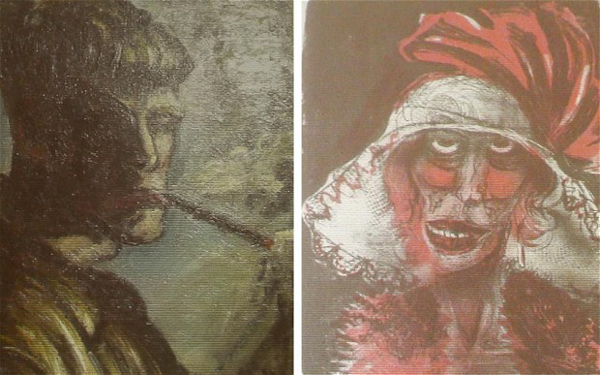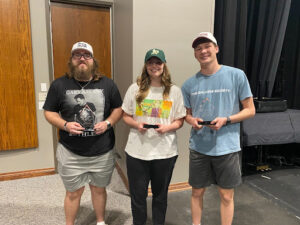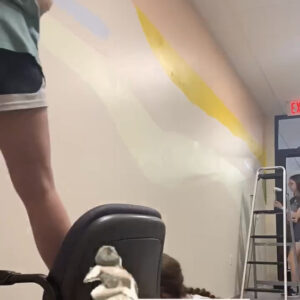Photo by: Henoc Kivuye
The Holocaust claimed approximately 6 million lives during World War II but along with the lives lost, the Nazi party forever changed the face of European culture.
Recently, many pieces of art stolen during wartime looting by the Nazi party were found in a single apartment in Germany. These findings are only a fraction of what was originally taken.
The future of these great works of art is unsure and many families are insisting on being provided with knowledge about lost heirlooms and treasures.
David Crismon, chair and professor of art and design, said that the odds of people recovering their stolen artwork are minimal.
“With so many various pieces of artwork finally being uncovered, locating their owners and dealing with the legal aspect of the situation makes finding the owners dismal at best,” Crismon said.
German officials found a cache of artwork consisting of 1,400 works that the Nazis had stolen during World War II. The works date from the 16th century through the avant-garde era, with many unknown paintings found from artists such as Otto Dix and Marc Chagall. Also found were pieces from the 20th century’s most precious and revered artists, such as Picasso, Courbet and Canatello.
This week officials are finally publishing a list detailing the specific pieces that were found online. The discovery of these great works of art is causing people to look back to World War II.
“For them to find a stash of paintings is to open up a huge bureaucratic and legal nightmare,” Crismon said. “Many of the works were taken right from the houses or galleries of Jews and understood to never be seen again.”
Hitler was a painter and held a deep interest in art; he applied to the Academy of Fine Arts in Vienna twice, but was rejected both times. Just as the Nazis sought to change the face of diversity in the people of Europe, they also wanted to redraw the cultural face of Europe by destroying or rearranging its great works of art.
“What was driving the theft of the works in the first place is that Hitler and the Third Reich were avid collectors of art, and they basically stole and looted and would torch the paperwork for the pieces, proving ownership and authenticity,” Crismon said. “They would thieve these pieces and would submit them into their private collections.”
With his interest in the art community, Hitler had very strong views about art and the quality of various pieces that were being produced during his domination of Europe. One of the pressures he experienced was from Jewish artists who he saw as an imminent threat.
“The irony is that a lot of works that have been found recently are more modern, such as Picasso,” Crismon said. “Hitler was opposed to modern art; it was the product of the degenerate mind and the product of the conspiracy of the Jewish elite.”
Under this mindset, Hitler and his men seized countless pieces of art.
Students are also interested about the discovery of the masterpieces, knowing that in time they might be able to view and observe the culture and art of that time.
“I have always been an avid observer of art and culture; the possibility of seeing these once lost pieces of art is rather exciting,” freshman Preston Kemp said. “With this issue being brought back into the news, I have taken time to look into the situation and have realized the significance of these pieces.”
Sophomore Devin Shaffer, an interior design major, said this could be a small sample of bigger things to come.
“After countless trips to art museums including the Museum of Modern Art and the Hirshhorn Museum, I feel that perhaps I have just scratched the surface of the world’s greatest works of art,” Shaffer said. “I long for the day that this newly found work is sprinkled into the collections of museums across the world. What baffles me is the fact that over 1,000 pieces were recovered from a single apartment. I believe that this is just the beginning of an unprecedented recovery of what could very easily be some of the greatest modern art ever created.”















Be First to Comment